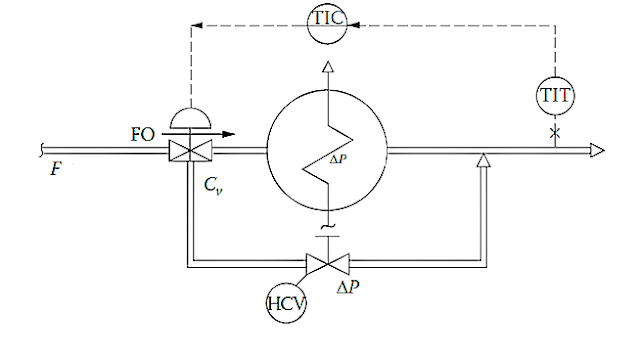Three way balancing valve in heat exchanger control
Three way balancing valve in heat exchanger control
The role of balancing valves are to control the flow rates in each of the buildings branches to deliver the desired flows in low temperature, chilled, or hot water applications.
At each heat exchanger the balancing valve is set to provide the desired flow rate to maintain comfort and energy.
Water velocity noise is not caused by water but by free air, sharp pressure drops, turbulence, or a combination of these, which in turn cause cavitation or flashing of water into steam.”
When using three-way control valves, it is recommended that a manual balancing valve be installed in the exchanger bypass.
The opening of this valve should be so adjusted that its pressure drop equals that of the exchanger at normal load.
The resistance to flow in such installations will be maximum when one of the paths is closed and the other is fully open, whereas minimum resistance will be experienced when the valve divides the flow equally between the two paths.

Comments
Post a Comment